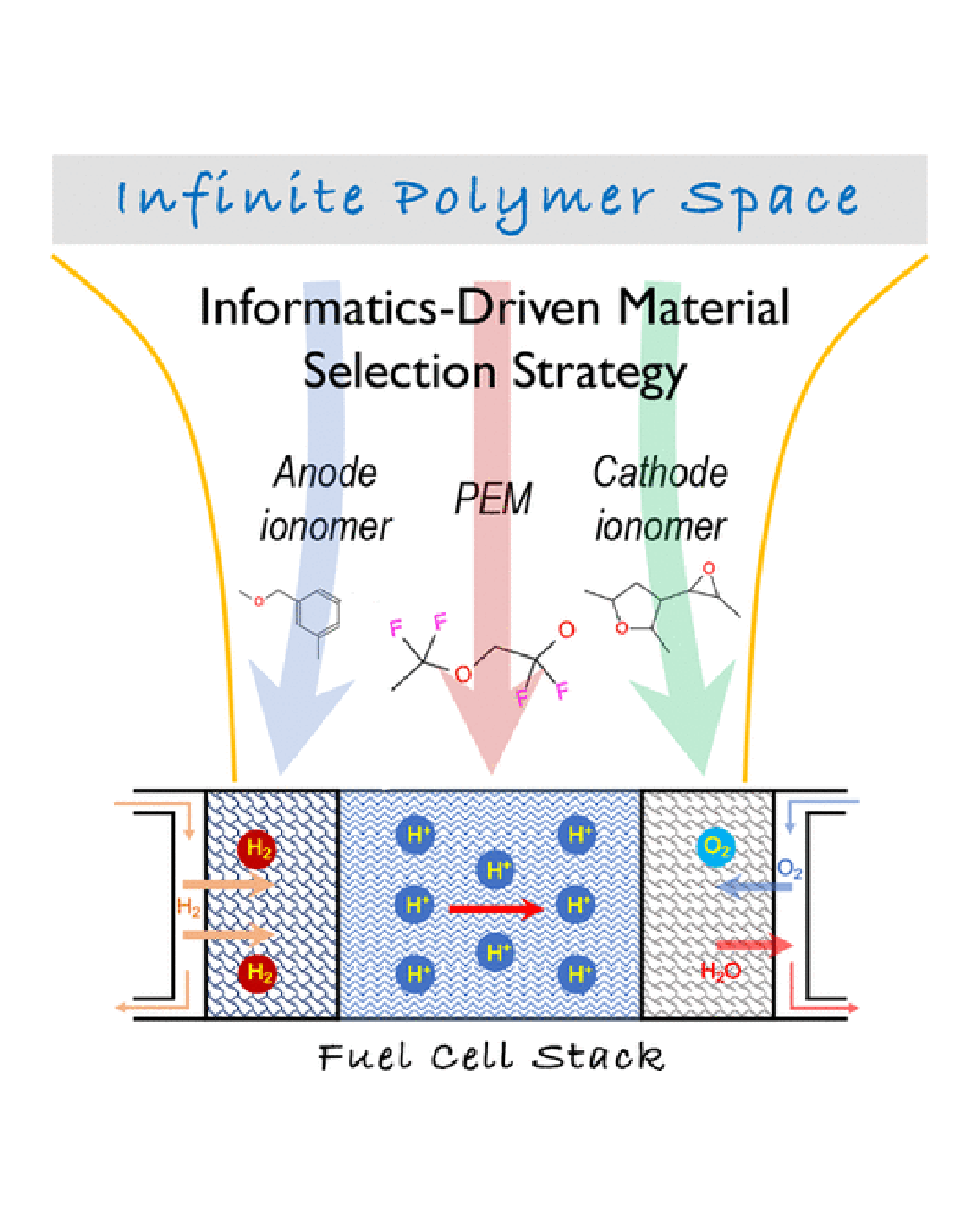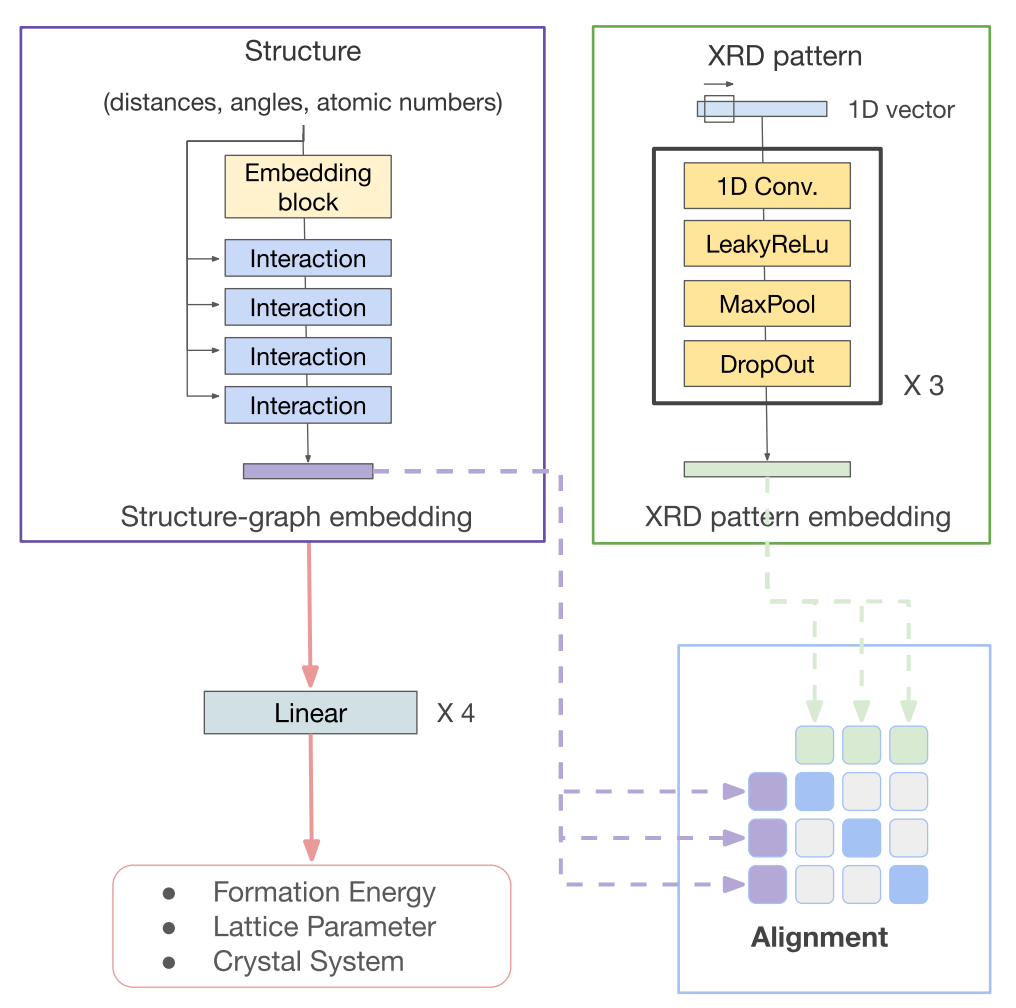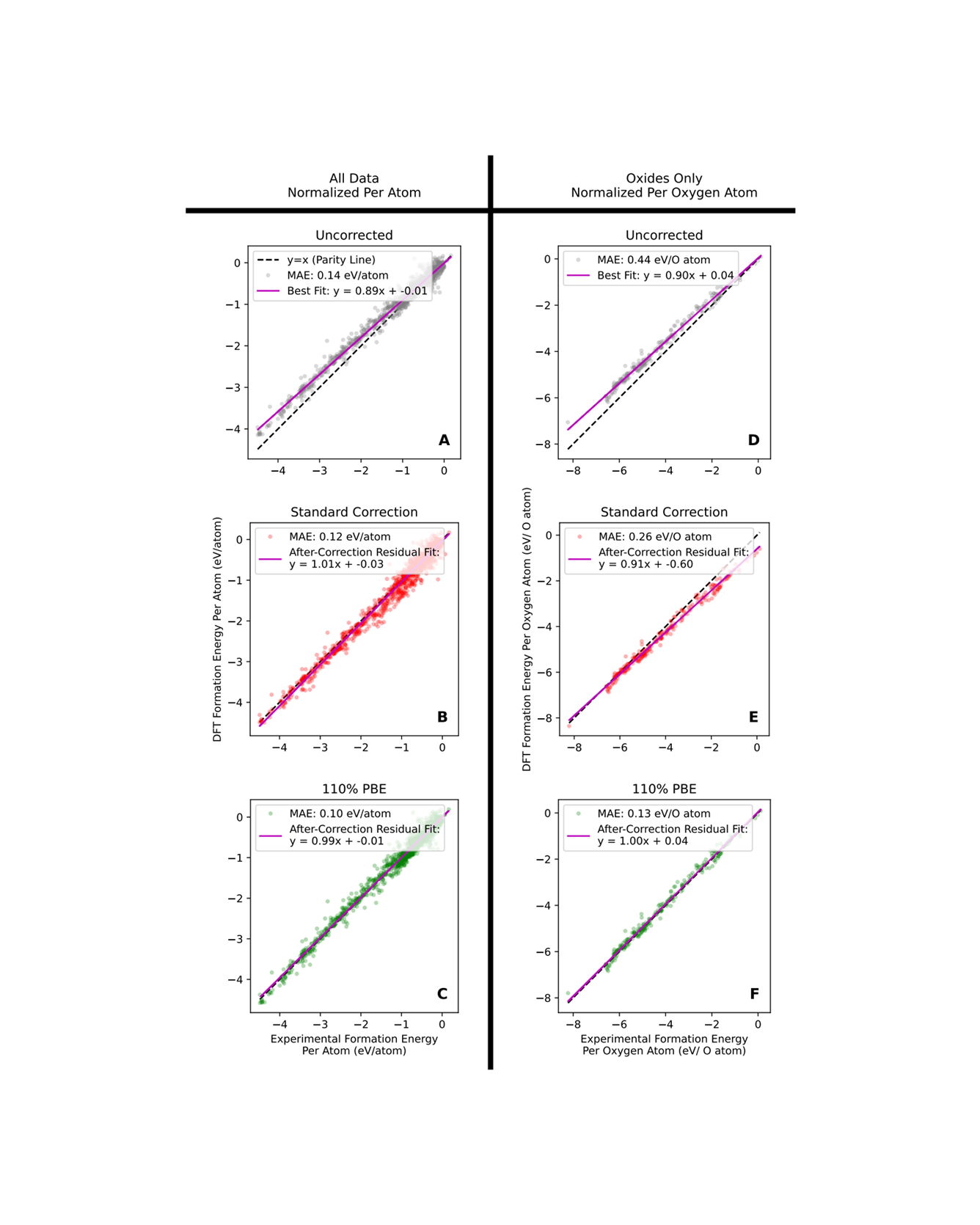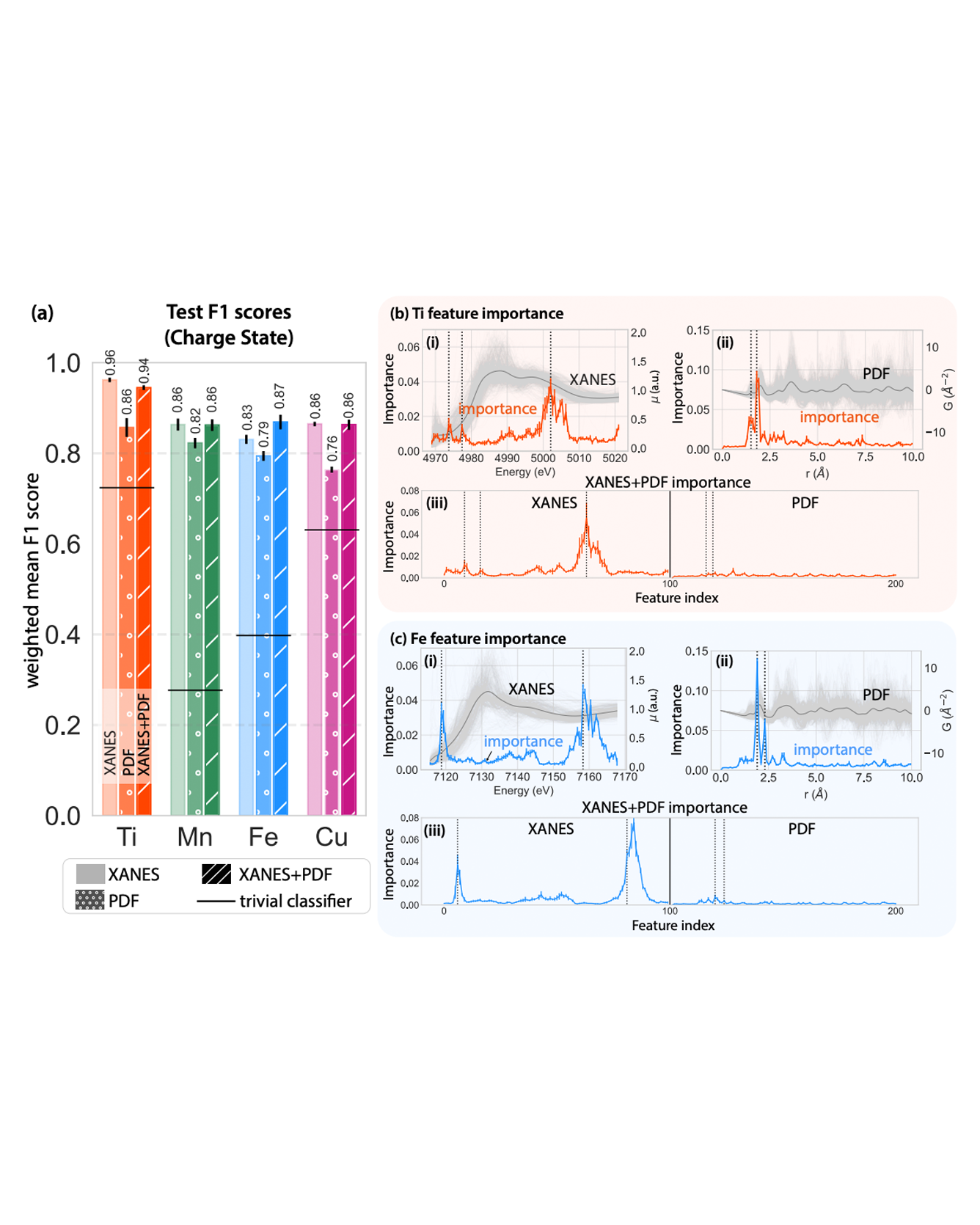
Modern fuel cell technologies use Nafion as the material of choice for the proton exchange membrane (PEM) and as the binding material (ionomer) used to assemble the catalyst layers of the anode and cathode. These applications demand high proton conductivity as well as other requirements. For example, PEM is expected to block electrons, oxygen, and hydrogen from penetrating and diffusing while the anode/cathode ionomer should allow hydrogen/oxygen to move easily, so that they can reach the catalyst nanoparticles. Given some of the well-known limits of Nafion, such as low glass-transition temperature, the community is in the midst of an active search for Nafion replacements. In this work, we present an informatics-based scheme to search large polymer chemical spaces, which includes establishing a list of properties needed for the targeted applications, developing predictive machine-learning models for these properties, defining a search space, and using the developed models to screen the search space. Using the scheme, we have identified 60 new polymer candidates for PEM, anode ionomer, and cathode ionomer that we hope will be advanced to the next step, i.e., validating the designs through synthesis and testing. The proposed informatics scheme is generic, and it can be used to select polymers for multiple applications in the future. READ MORE


